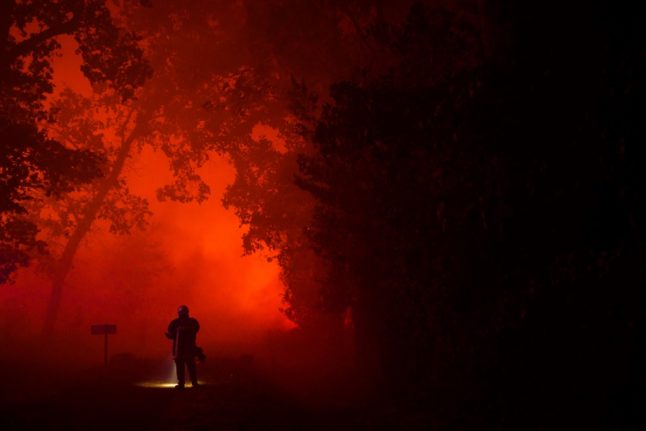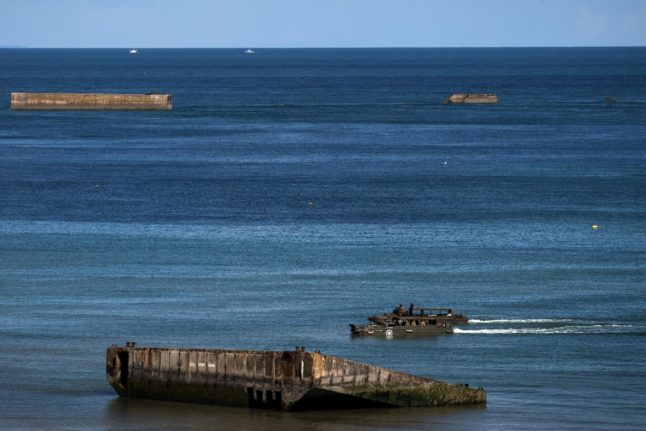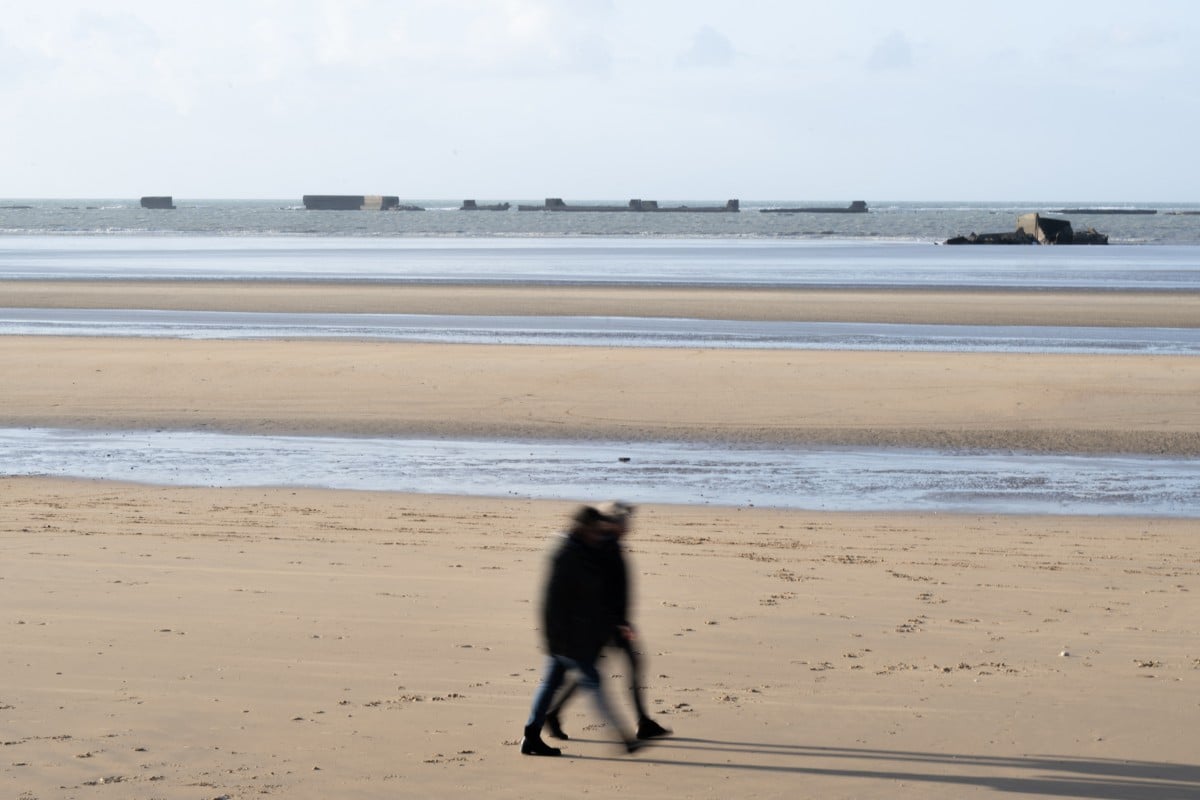The year 2022 was the worst on record for wildfires in France. In total 72,000 hectares, or an area seven times the size of Paris, burned over the summer.
Certain wildfires stood out – including those that took place in La Teste-du-Buch, Saint-Magne and Landiras (located in Gironde). Respectively, these consumed 7,000, 7,400 and 13,800 hectares worth of land, and also saw thousands of people evacuated from their homes and from holiday resorts in the area.
In 2023 firefighters are braced for more of the same, and the French government has unveiled both a new plan to effectively combat fires and a daily ‘weather forecast’ of fire risk in each département of France.
But are these fires connected to heatwaves and the overall increase in temperatures?
Human activity
Overall, 90 percent of fires are caused by humans – either deliberately or accidentally.
Several of the big fires of 2022 were started deliberately – one by a volunteer firefighter – and people were brought to court over their actions.
Others were started accidentally by humans, with discarded cigarettes a major cause.
While casually throwing away smoking materials is obviously dumb, heatwaves can increase the risk of fires started in other ways. Discarded glass can refract the sun and start fires and when it’s really hot even parking your car among long grass can start a fire, as the heat from the exhaust can cause parched grasses to catch fire.
Weather
Where the weather has a major effect is in turning fires into wildfires – in other words turning a small, containable blaze into the huge wildfires that devour thousands of hectares of ground and require people to be evacuated from the area.
These kinds of fires can spread very quickly and are extremely difficult to combat, often requiring aerial bombardment of water.
While hot temperatures make it more likely that fires will start, it is drought conditions that cause the fires to spread – parched vegetation with no moisture catches fire extremely easily and in the height of summer large parts of the south of France are in this condition.
This is not a new phenomenon, it’s why there has always been a wildfire ‘season’ in the hottest months of the year and why wildfires are rare in winter.
What’s changed?
Obviously wildfires are not new – in October 1970, 11 people perished near France’s far southeastern border with Italy and in 1985 a new inferno in the same area killed five volunteer firefighters.
Changes to firefighting techniques mean that these days deaths are more unusual – but the fires themselves are getting more common, bigger and occur over a wider geographical area.
The general trend for a warming planet means that summers are longer and hotter, with heatwaves more common.
The changing weather patterns also mean that drought is more widespread, which leads to more parched vegetation that can easily catch fire – this year some parts of the south of France have been on drought alert since April.
So far this summer wildfires have been raging around the Mediterranean, in Italy, Greece, Spain and Algeria.
As of late July, France had been less affected compared to other countries, but several fires have ignited in the south of the country in recent days, and fire chiefs expect more.
In 2022 the wildfires were unusual not only for their size and ferocity but for their geographical spread – traditionally they usually occur in the south of France, but the summer of 2022 saw at least one fire in 90 of France’s 96 mainland départements, including relatively cool northern areas like Brittany.
For 22 French départements, the amount of land burned in 2022 increased significantly – representing at least 10 times more than the usual yearly average amount burned – according to Le Monde.
The French environment minister states that: “The whole of the territory [of France] is particularly vulnerable to the risk of fires.”
Will this trend continue?
Predicting the future is always difficult but fire chiefs and politicians are worried and are planning for a future in which wildfires are bigger and more dangerous.
“The effects of climate change… mean the fire risk area will get bigger, the high-risk season will get longer, and weather conditions that could trigger very large wildfires will occur increasingly often,” Jean-Luc Beccari, head of the fire and emergency services in the Bouches-du-Rhone region near Var, told AFP.
Another risk is the resilience of the forests themselves.
“Because of climate change we’re already seeing trees die off,” adds Marion Toutchkov, an expert in wildfire defence at the Office national des fôrets.
“We’re going to find ourselves with forests containing lots of dead trees. And dead trees means dry wood and more combustible vegetation.”.
A UN report projects that wildfires in Europe will increase by 30 percent by 2050.




 Please whitelist us to continue reading.
Please whitelist us to continue reading.
Member comments